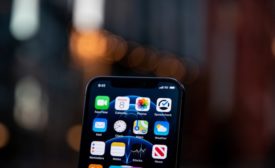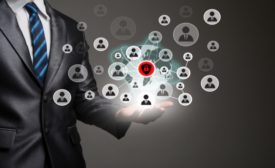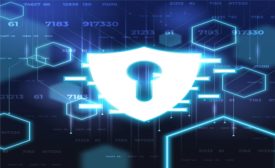Web Exclusive Stories
Integrated solutions using advanced analytics and artificial intelligence (AI) bring expanded functionality and enhanced security to swinging doors and turnstiles
Read More
Ensuring the security of arts, museums and cultural heritage facilities during lockdown and beyond
A coordinated response effort from museums and cultural heritage institutions enable security directors to continue to ensure the security of their collections and facilities.
May 5, 2021
Sign-up to receive top management & result-driven techniques in the industry.
Join over 20,000+ industry leaders who receive our premium content.
SIGN UP TODAY!Copyright ©2024. All Rights Reserved BNP Media.
Design, CMS, Hosting & Web Development :: ePublishing















